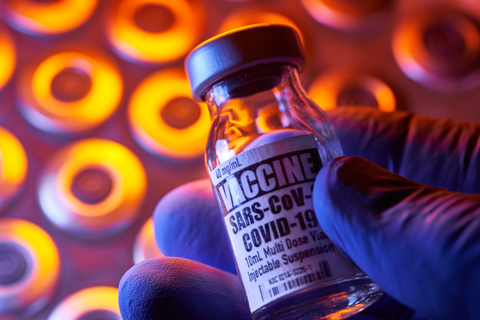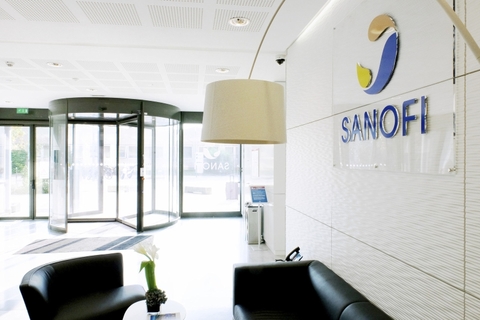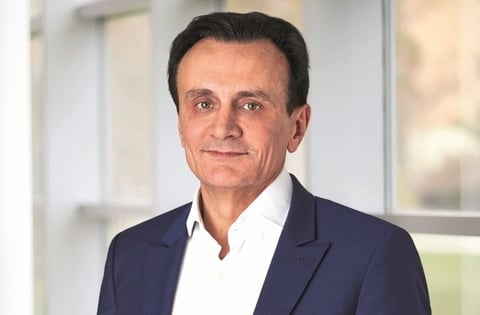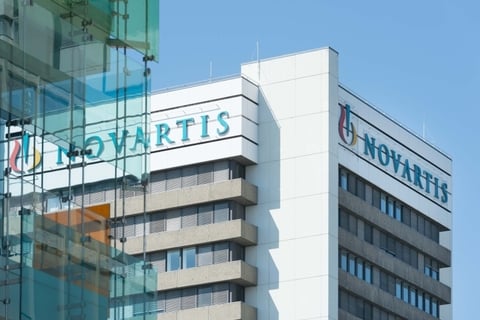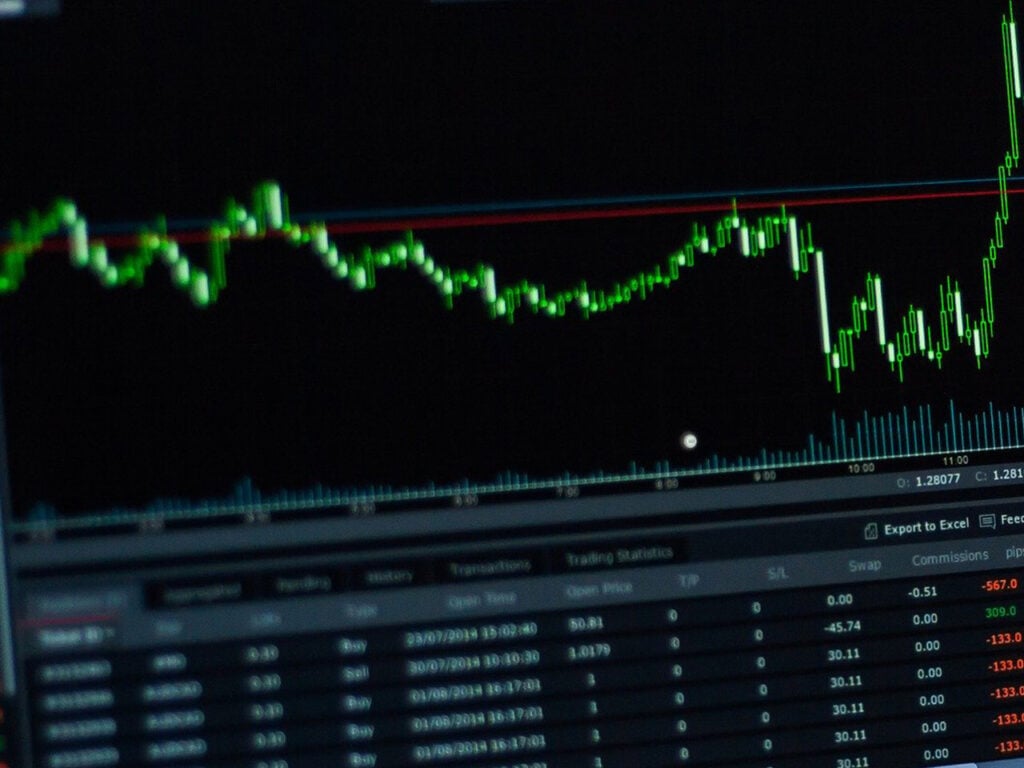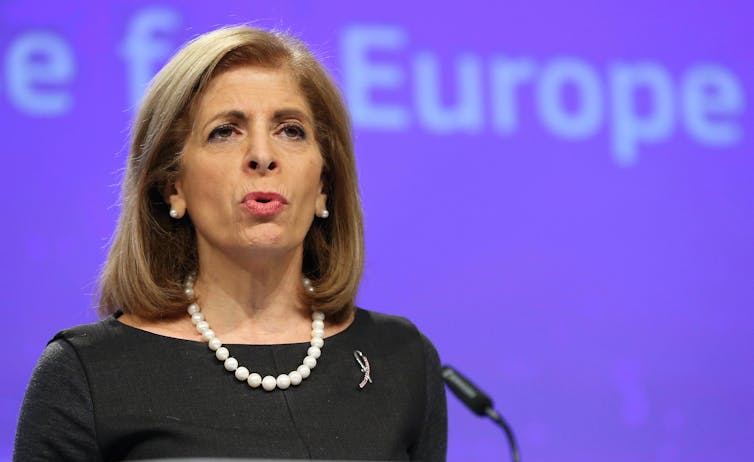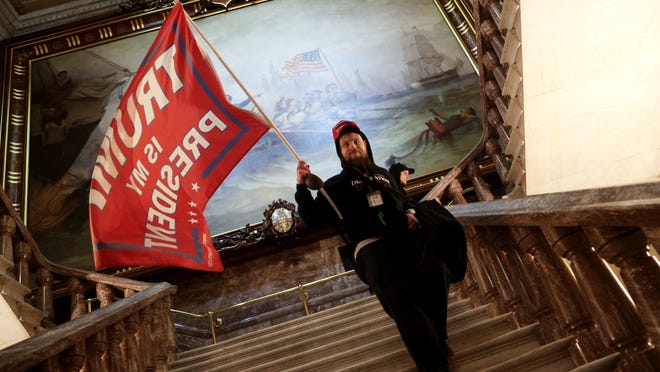
One of the most common definitions of economics is the study of the allocation of limited resources: how we use what we have, what we value, and why. There have been plenty of studies done on how economics works on earth. But what about in space?
We talk to NASA astronaut Doug "Wheels" Wheelock, who explains how the principles of economics guided trades of goods and services on the International Space Station. He also describes how his experiences changed how he values things often taken for granted on Earth, like birds, wind, and the rain.
NPR
THE INDICATOR FROM PLANET MONEY
January 21, 20215:31 PM ET






